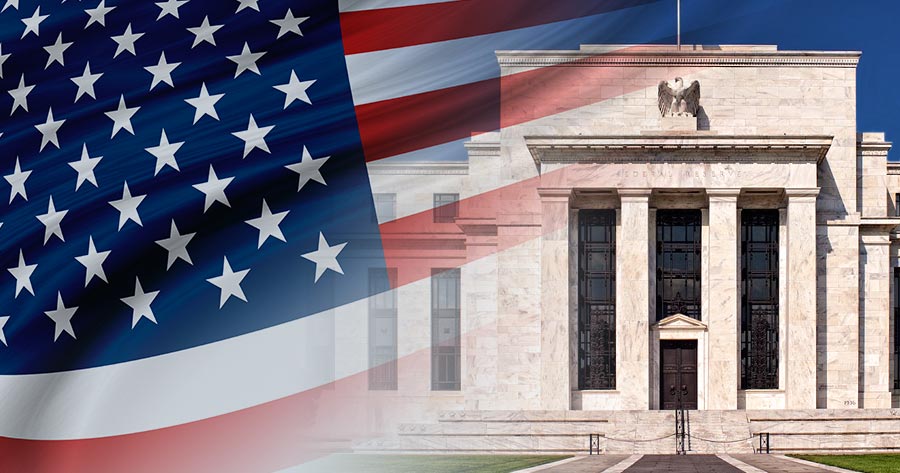The upcoming year of 2025 is expected to revolve around debt restructuring, policy rate adjustments, and efficiency enhancements within the banking sector, according to an analyst from Kiatnakin Phatra Securities (KKPS).
Preference is tilted towards retail and SME banks over corporate and State-Owned Enterprise (SoE) banks due to factors such as potentially reduced impact of rate cuts on margins, improved asset quality stemming from housing and floating-rate SME loans, and government fiscal policies aiding “vulnerable” clients. Among the banks, SCB X Public Company Limited (SET: SCB) stands out as a top choice given its strong profit outlook and an attractive prospective dividend yield of approximately 9%.
Following a mild impact from previous banking-related measures, the government is initiating a debt restructuring program to address household debt challenges. While this step could aid in managing losses related to delayed foreclosed asset sales, interest income might need to be sacrificed to support participants. However, the effectiveness of this scheme may be restrained as the anticipated participant rate could remain low, primarily consisting of individuals already under debt management programs.
Additional policy interventions may be required to emphasize support for vulnerable consumers, with potential benefits accruing more to retail and SME banks given their exposure to this demographic.
Forecasts from KKPS suggest three policy rate cuts in the upcoming year, exerting pressure on banking sector margins alongside a projected narrowing yield spread. These developments pose risks to banking earnings forecasts, particularly as a flat yield curve, influenced by low inflation and sluggish economic growth, may further challenge banks’ profitability through reduced Net Interest Margin (NIM).
In response to lower margins and subdued risk asset growth, banks are likely to focus on operational and capital efficiency enhancements in 2025 to sustain profitability. Strategies could entail streamlining branch operations by reducing numbers and sizes, fostering cross-selling practices to boost fee income, and optimizing capital utilization through higher payout ratios to bolster Return on Equity (RoE).
With potential global trade uncertainties under a re-elected US President Donald Trump, Thai exporters may face heightened pressures, potentially elevating asset-quality risks for the manufacturing segment. This scenario could reverse the recent asset-quality improvements witnessed in the manufacturing sector over the past two quarters.




